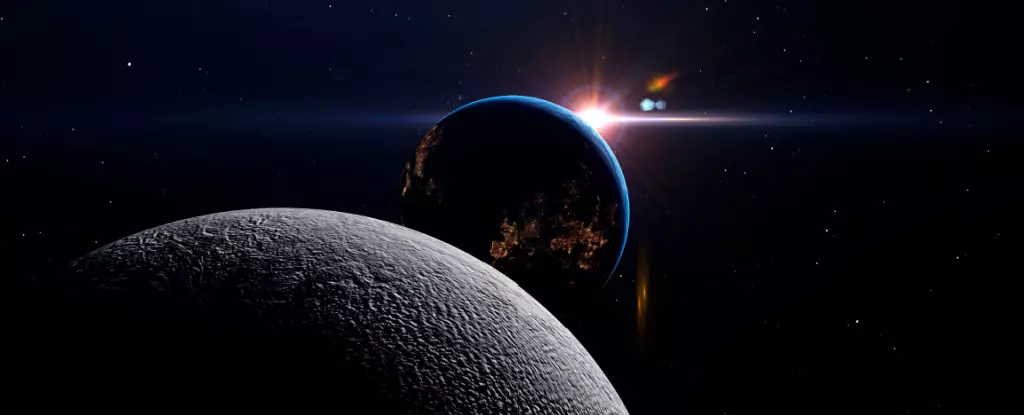The concept of time distortion due to differences in gravity has been known since Albert Einstein’s theory of general relativity. Gravity’s ability to slow time has been a fascinating topic for scientists, but it’s only been in recent years that advances in technology have allowed us to measure these temporal distortions accurately. With the contrast between Earth’s gravitational pull and the Moon’s being one of the most notable disparities, understanding how time is affected between these two celestial bodies has become crucial.
NASA scientists have recently discovered that the Moon is gaining time on Earth, approximately 57 millionths of a second per day. While this may seem like a minuscule difference, it could have significant implications for future space missions, especially as NASA plans to send astronauts back to the Moon by 2026. Navigation systems, which rely heavily on precise timing, need to account for these small time variations to ensure the safety and success of missions to the Moon and beyond.
In light of this new discovery, NASA and other US agencies are working on establishing a unified time reference system for the Moon that can be agreed upon by various space agencies worldwide. This effort is essential for coordinating international space missions and ensuring consistency in timekeeping standards. Scientists have been diligently crunching numbers and conducting calculations to determine how time is observed between Earth and the Moon, relative to the barycentre of the Solar System.
While the initial findings regarding the Moon’s time distortion are promising, further research and collaboration are needed to solidify the definition of lunar time. Both NASA’s study and another study from the US National Institute of Standards and Technology need to undergo peer review and receive validation from international bodies such as the International Bureau of Weights and Measures and the International Astronomical Union. These organizations are set to meet in August to discuss and establish a standardized framework for lunar time measurement.
In addition to the Moon’s time gain, scientists are also monitoring changes in Earth’s rotation, which is gradually slowing down. Human activities, such as industrialization and resource extraction, have been linked to alterations in the planet’s spin. As we continue to explore the intricacies of timekeeping and gravitational effects on celestial bodies, it is essential to consider the broader impact of human actions on the delicate balance of our planet and the cosmos.
Overall, the discovery of the Moon’s time gain relative to Earth opens up new avenues for research and collaboration in the field of astrophysics and space exploration. By understanding these subtle yet significant time differentials, scientists can improve the accuracy of navigation systems and pave the way for future space missions to the Moon and beyond. As we unravel the mysteries of time and gravity, we must also remain vigilant in protecting the natural rhythms and equilibrium of our planet and the universe at large.


Leave a Reply